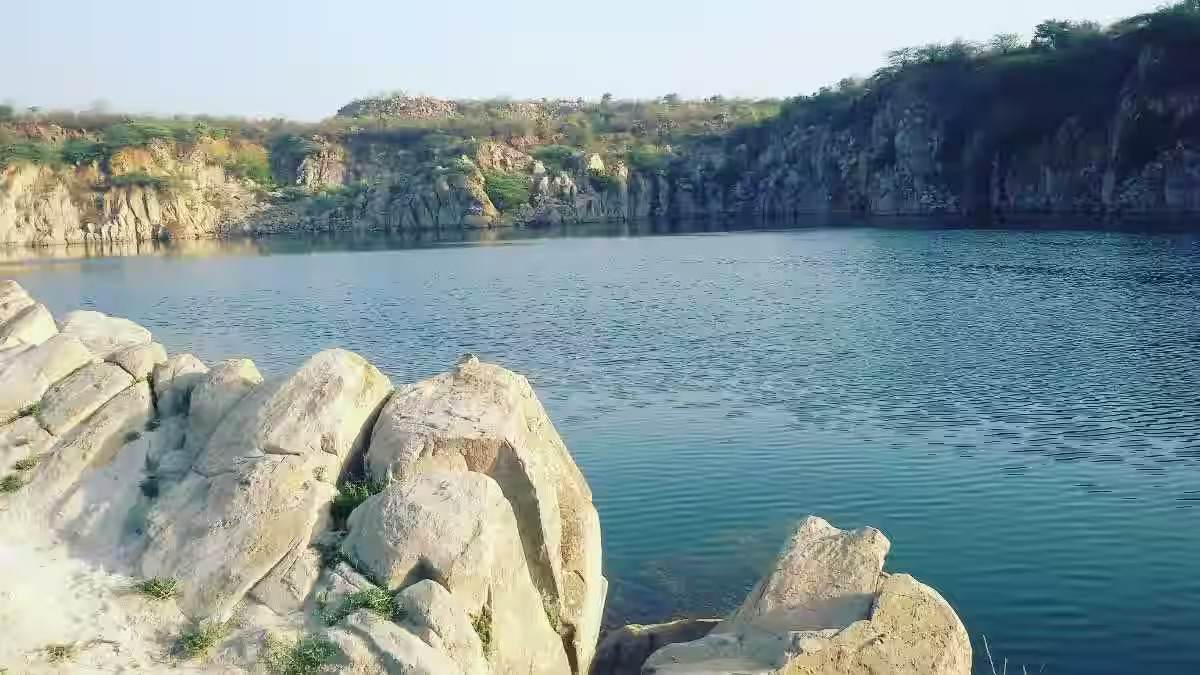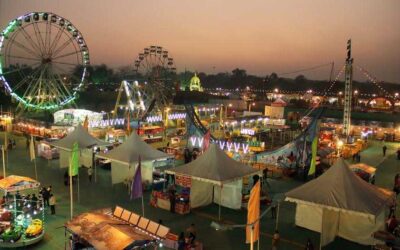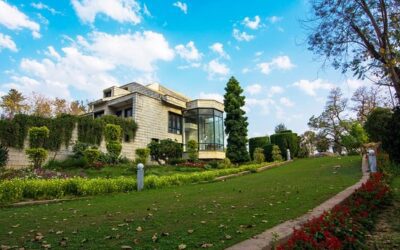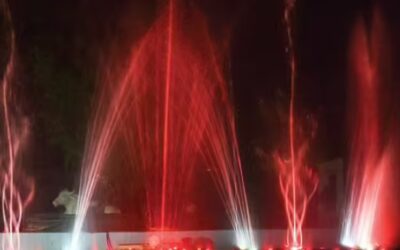When the long-dry Badkhal Lake in Faridabad finally began to fill with water again after two decades, it was a moment of joy. Locals imagined boating, picnics, and perhaps even a thriving tourist spot like it once was. But instead of sparkling blue, the lake quickly turned green, covered not by algae, but by a floating invader: water hyacinth.
What looks like a harmless carpet of greenery is actually one of the world’s most dangerous aquatic weeds. And at Badkhal, it has grown so fast that it now threatens both the lake’s fragile revival and the grand plans of turning it into a tourist attraction with musical fountains and laser shows.
Why Is Badkhal Drowning in water Hyacinth?
The answer lies in the very project that revived the lake. To bring back water, a sewage treatment plant was set up nearby, pumping around 5 million litres of treated water into the lake every day. While the water meets basic quality standards, it still carries nutrients like nitrogen and phosphorus.
For most plants, these are fertilizers. For water hyacinth, they are jet fuel.
Add to this Badkhal’s shallow, stagnant waters and warm temperature, and the weed grows at a terrifying speed, doubling itself in just about 12 days. What starts as a small patch quickly covers the entire 42-acre lake like an uninvited guest that refuses to leave.
The Hidden Dangers of the Green Carpet
At first glance, the lake looks alive again. But beneath the green mats lies a dying ecosystem.
- No sunlight, no plants: The thick cover blocks sunlight, killing native aquatic plants.
- Starved of oxygen: As water hyacinth rots, it sucks oxygen out of the water. Fish die, the water smells foul, and toxic gases bubble up.
- Livelihood loss: In similar lakes across India, fishermen have reported up to 76% drop in fish catch. For families living around Badkhal, that can mean losing nearly ₹3,000 a month.
- More water loss: Water Hyacinth “drinks” more than the lake naturally evaporates—2.5 times faster, speeding up drying in summers.
- Health risks: Stagnant water hyacinth mats breed mosquitoes, raising the risk of malaria and encephalitis.
In short, what looks lush and green is actually choking life, livelihoods, and the very idea of a revived Badkhal.
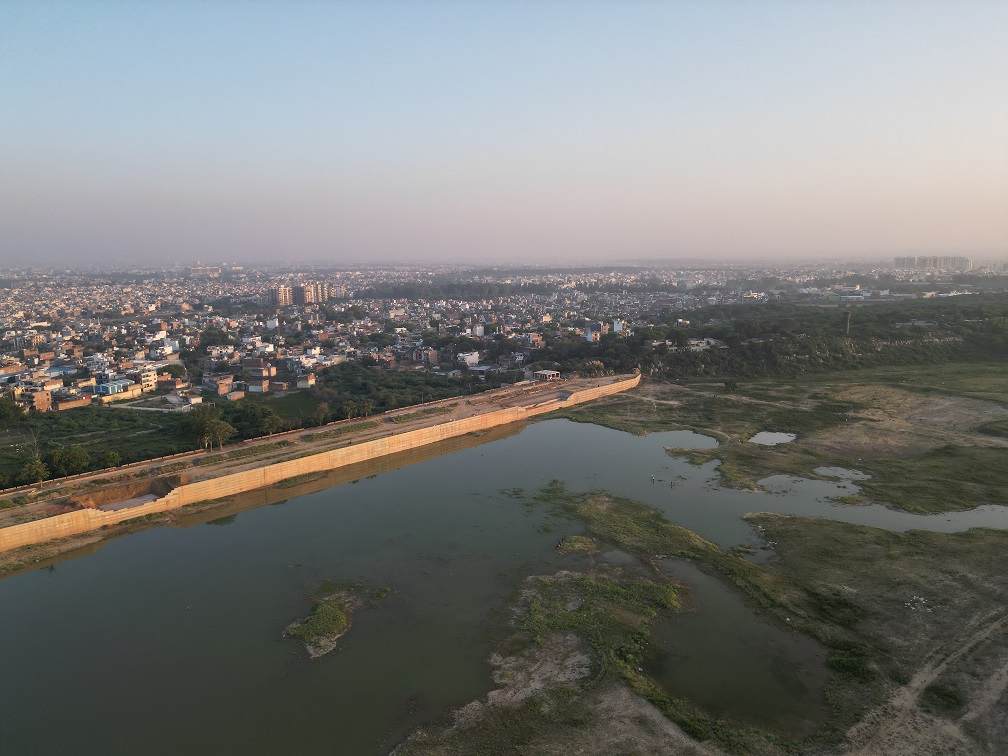
Can the Lake Be Saved?
Yes, but it won’t be easy. Experts suggest a step-by-step battle plan.
Step 1: Clean It Up
Mechanical harvesters and nets can remove large patches of water hyacinth. It’s like mowing a lawn, except in water. The downside? It grows back quickly unless the root cause is tackled.
Step 2: Nature Helps Nature
Tiny beetles called Neochetina weevils feed only on water hyacinth. Released in the right numbers, they can eat away at the weed and keep it under control naturally. In Maharashtra’s Panchaganga River, their introduction cut water hyacinth by 40% in just six months.
Step 3: Smarter Water Treatment
Instead of simply pumping treated sewage water, new methods like floating gardens and microbial cultures can soak up excess nutrients before they reach the lake. Imagine small rafts covered with plants that act like living water filters.
Step 4: Long-Term Fix
Ultimately, the sewage treatment plant needs an upgrade to reduce nitrogen and phosphorus to very low levels. Constructed wetlands, man-made marshes, could also clean water naturally before it flows into the lake.
Turning a Curse into an Opportunity
Interestingly, water hyacinth doesn’t have to be only a problem. Scientists have found ways to turn it into:
- Organic compost for farming (Hyderabad’s Kapra Lake converted tonnes of it into useful manure).
- Handicrafts and paper products, already tried in parts of Assam.
- Biogas, as it can produce energy when processed properly.
If Faridabad experiments with such ideas, the weed could even generate local jobs while being controlled.
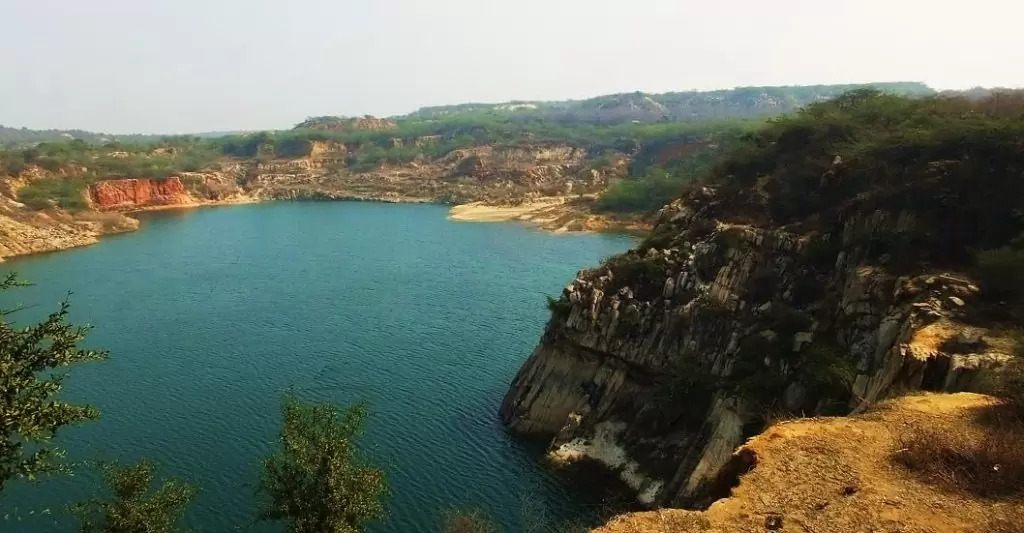
What’s at Stake
Badkhal Lake is not just about water. It’s about identity. For Faridabad, it could be more than an industrial town, it could be a place families from Delhi and Gurgaon visit on weekends for boating, food, and evening shows.
But that dream cannot survive if the lake is choked. Tourists won’t come to see a green swamp. Fishers won’t benefit from dead waters. And locals won’t tolerate endless delays and broken promises.
The Way Forward
The story of Badkhal is a reminder: reviving a lake is not just about filling it with water. It’s about keeping it alive. Quick removal, biological solutions, smarter sewage treatment, and community involvement together can turn the tide.
Handled well, Badkhal could become a model for how India revives its dying lakes- transforming them into ecological and cultural assets. Handled poorly, it risks becoming yet another expensive project that looks good on paper but fails in reality.
For now, the battle at Badkhal is between green weeds and blue dreams. Which one wins depends on how fast and how wisely action is taken.

